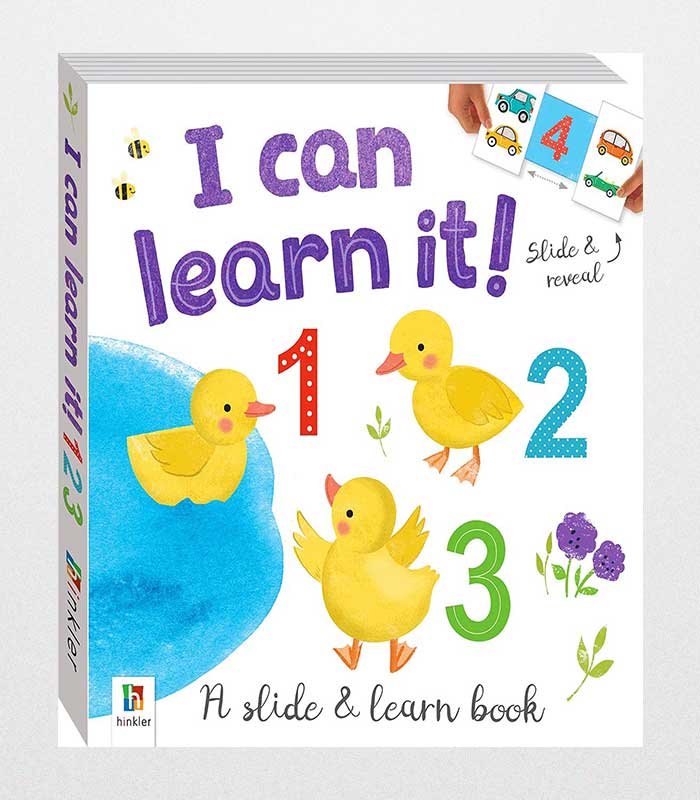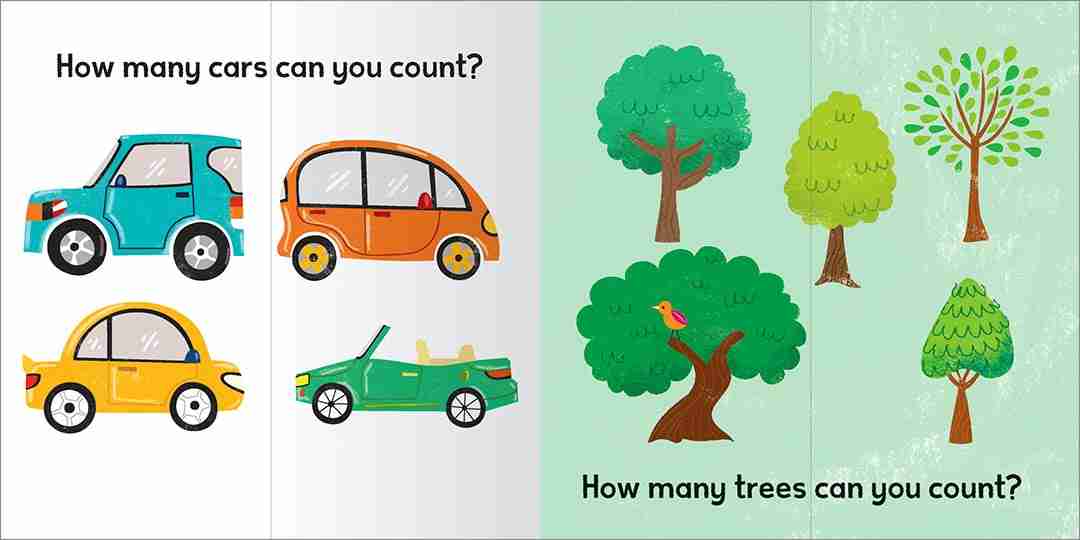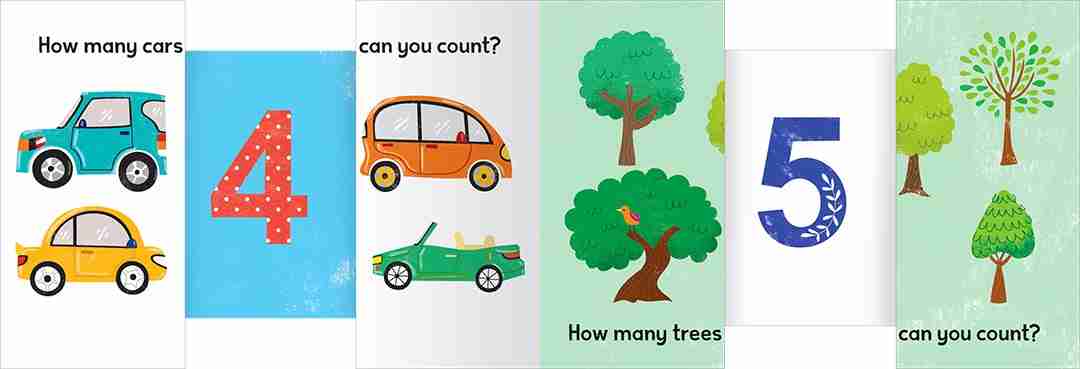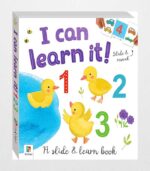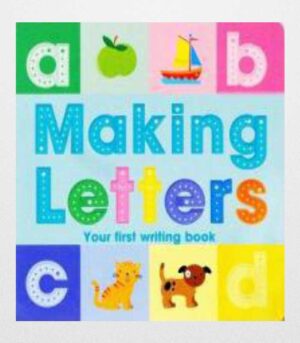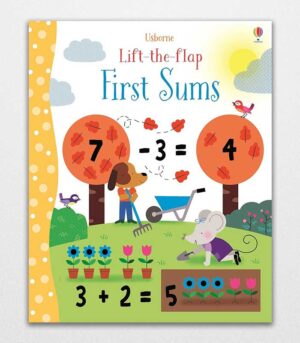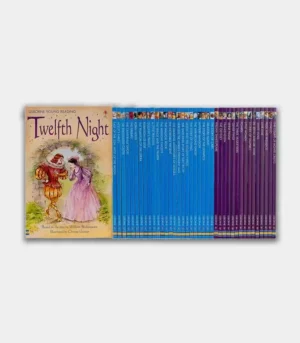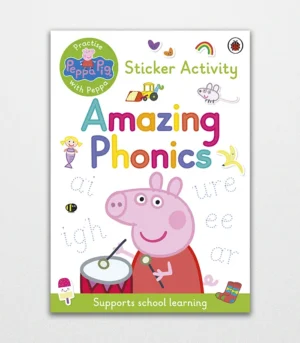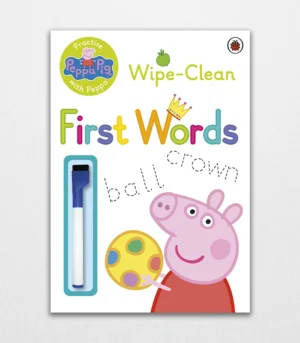Numbers are a fundamental part of our daily lives, and learning to understand and work with them is essential. Here are some ways to improve your understanding of numbers:
- Recognizing numbers: Start by recognizing numbers from 1 to 20. You can use flashcards or worksheets to practice this skill.
- Counting: Practice counting objects, skip counting, and counting backwards to improve your understanding of numbers.
- Comparing numbers: Learn to compare numbers using phrases like “more than”, “less than”, and “equal to”.
- Number sense: Develop your number sense by practicing activities that involve recognizing patterns, shapes, and quantities.
Dyscalculia: A Learning Disorder
Dyscalculia is a learning disorder that affects a person’s ability to understand numbers and math-related concepts. It can manifest in different ways, such as:
- Trouble with counting: Difficulty counting objects or recognizing numbers.
- Difficulty with math symbols: Trouble recognizing and using math symbols, such as addition and subtraction signs.
- Number sense: Difficulty understanding the concept of numbers and their relationships.
- Learning using money: Trouble understanding how to use money, including counting coins and bills.
If you or a child is experiencing difficulties with numbers, it’s essential to seek help from a qualified professional. With proper guidance and support, individuals with dyscalculia can develop skills and abilities that help them overcome their challenges.
Resources
- K5 Learning: Offers free worksheets, flashcards, and inexpensive workbooks for kids in kindergarten to grade 5. Their resources cover recognizing and printing numbers, counting, and comparing numbers.
- Online level tests: Take an online level test to determine your English proficiency level and find learning content that suits your needs.
Remember, understanding numbers is a skill that can be developed with practice and patience. With the right resources and support, you can improve your number sense and overcome any challenges you may face.

